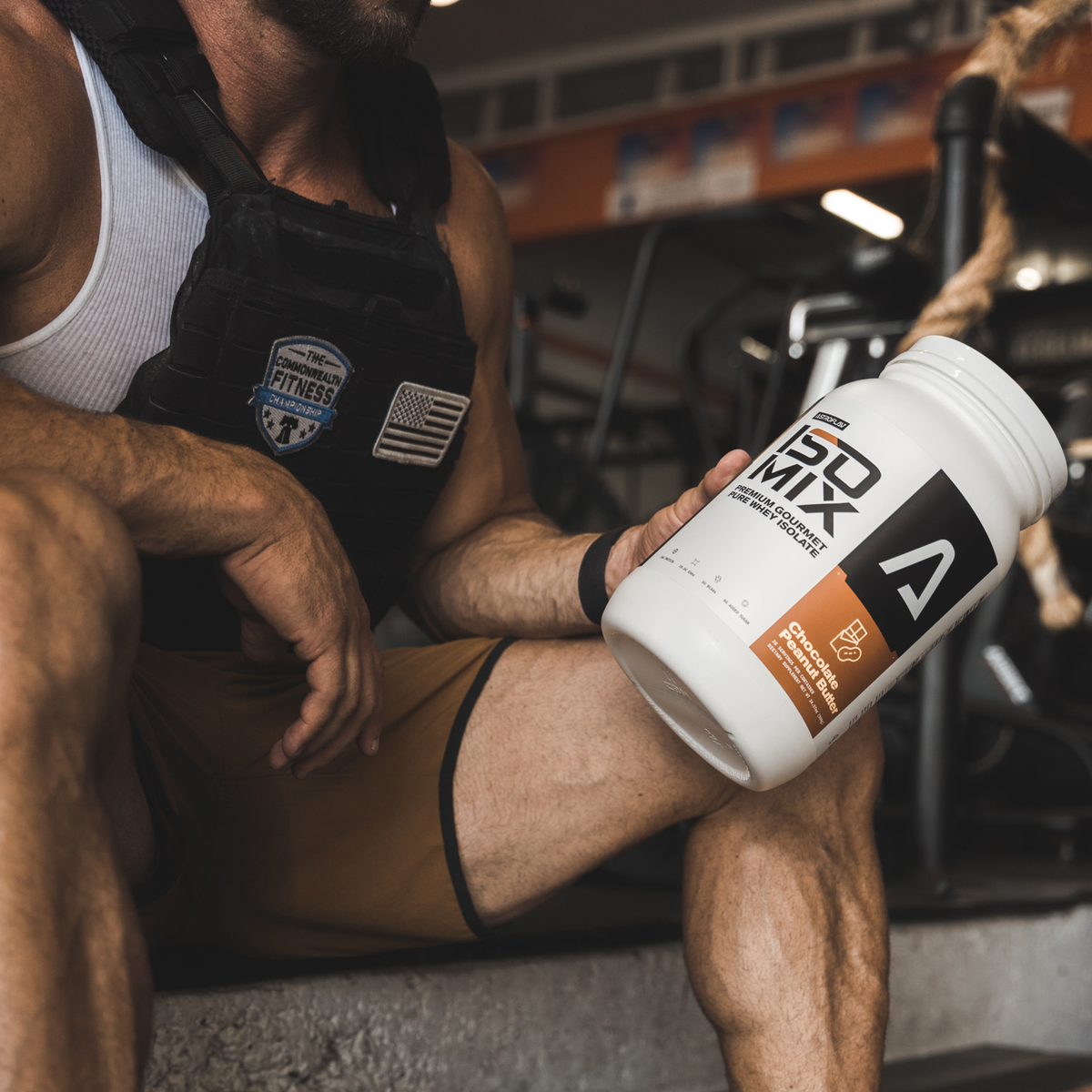Cardiovascular Exercise
Read this blog post to learn what cardio is and how cardio workouts can help you to achieve your fitness goals!
What is cardio?
Cardiovascular exercise—also known as aerobic exercise—means that you exercising with oxygen.
Cardiovascular exercise uses large muscle groups, such as your legs or upper body, typically requires respiration or controlled breathing, and increases your heart rate throughout the duration of the workout.
The most common forms of cardio include walking, jogging, swimming, cycling, and fitness classes. Certain machines at the gym also induce cardiovascular exercise such as the rower, elliptical, stair climber, upright or recumbent bike, and treadmill.
How can cardio help you on your fitness journey?
If you are looking to adjust your body composition, cardio will be beneficial in helping to break down excess body fat. In addition to fat loss, cardiovascular fitness is associated with several health benefits including improved heart health, regulated appetite, and stable blood pressure. An added plus side of cardio is that many cardio workouts—such as running—are free of cost and involve little or no equipment.
While cardio does burn calories and assists in weight loss, it is important to combine cardio workouts with at least two or three days a week of strength training workouts. A combination of strength training and cardio workouts can actually help you to increase the rate at which you lose weight, if that is your goal. Your individual ability to loose weight using also depends on various factors like your current weight, diet, daily activity level, and age.
Create a Balanced Workout Routine
Perform a variety of exercises in addition to cardio to optimize your fitness routine. If you are unsure how to create a workout routine, try out this workout routine and adjust it to your body type and fitness goals:
- Cardiovascular exercise: Perform cardio exercise three to five days a week for 30 to 60 minutes each session.
- Strength training: Perform two to three days a week of strength training exercises that involve all major muscle groups.
- Flexibility and stretching: Include daily stretching and flexibility exercises.
- Rest: Include at least one to two days of rest each week. You can participate in active recovery exercises such as yoga or light stretching on your rest days.
What are your favorite cardio workouts? Let me know at jenniferjames@astroflav.com to be featured in our Facebook community!
Join our family for new videos, discount codes, and more!







